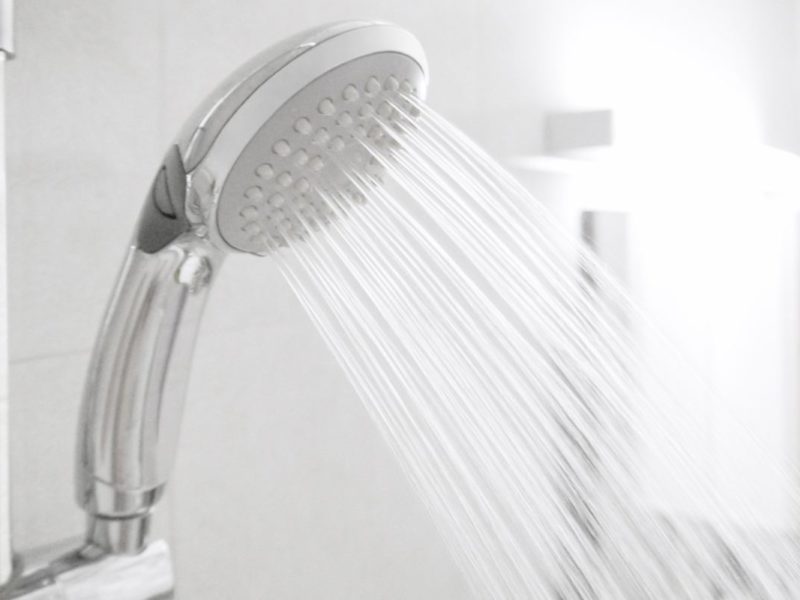You use your internal plumbing fixtures every day, and your whole routine would be thrown off without them. So, why don’t we pay more attention to them?
It’s likely because no homeowner really enjoys plumbing maintenance, but it’s a necessary evil. It sure beats the alternative anyway. The alternative being: blocked sinks, blocked toilets, or blocked pipes.
But if you implement the DIY and professional maintenance tasks that we introduce you to today, you can avoid these annoying, disruptive and costly plumbing issues.
DIY Maintenance Tips
When it comes to your internal plumbing fixtures, there is a lot that you can do to care for them yourself. Many DIY maintenance tasks are simple and safe. And most of them just revolve around knowing what to look out for, and what not to do.
Regular Inspections
The first step in any preventative maintenance routine is to inspect your fixtures and fittings regularly. It doesn’t have to be a big deal, you could do it when you’re in the shower, brushing your teeth or doing the dishes.
Just check for anything that looks different or out of place mainly. Check for leaks, water damage, cracks or signs of corrosion or rust.
Regular Cleaning
This one should be a no-brainer. You should already have a cleaning schedule for your bathroom, kitchen and laundry. So, we’ll just cover the things you may not consider.
When cleaning your sinks, showers or baths make sure to also do the drains. Flush them with hot water, baking soda or vinegar to break down any food particles, soap scum or minerals and prevent blockages.
Additionally, make sure to get all the nitty-gritty parts, such as around taps and spouts, as minerals can build up here when water is flowing through them or sitting around them. This can encourage rust and corrosion of their components.
Maintenance Schedule
In our busy lives, it’s easy for plumbing maintenance to be pushed down the list or even forgotten altogether. However, it’s an essential part of home maintenance that should not be understated.
To keep your internal plumbing fixtures in top condition and prevent issues, it’s important to hold maintenance in the same regard you do cleaning. Regularly go around your house and tighten loose fixtures, check for leaks and clean everything thoroughly.
This also includes clearing any minor or partial clogs. A partial blockage can quickly become a complete one if left unchecked. To avoid this, use a plunger or drain snake to break down and clear blockages as soon as you notice them.
Prevention Steps
In addition to regular maintenance, it’s also important to prioritise preventative measures. You can even lessen your maintenance tasks if you make a few changes to the way you use your plumbing.
Our pipes are only so big, and so if you flush big objects down them they can get stuck. In the kitchen, the most common culprits are grease, fat and food scraps as they can solidify and build up over time as you pour more and more down the drain. Instead, dispose of them in your rubbish bin.
Also, many of us should know not to flush feminine hygiene products, but if you’ve got a young daughter just starting out, it’s important to warn her. Also, beware of “flushable” wet wipes–they’re not as flushable as they claim.
And finally, when showering make sure to take note of your hair and try to catch it. Long hair can get caught around your drain or tangle in your pipes to create a stubborn blockage.
Professional Maintenance Tips
These DIY measures will make all the difference, but it’s still important to consult the professionals every now and then. Schedule regular maintenance checks to catch minor issues early and ensure that your plumbing fixtures are performing as they should.
Professional plumbers have all the necessary tools, experience and skills to detect even the smallest leaks or damage and repair them before they escalate.
Importance of Timely Repairs
Ignoring plumbing issues won’t make them go away, all it will do is allow them to grow. However, if you address them sooner you can prevent significant damages and avoid potential health hazards associated with mould and mildew growth.
So, whether it's a leaking tap, a running toilet, or a slow-draining sink, call in an expert plumber to look at it ASAP before it turns into a burst pipe that floods your house.
Eco-Friendly Plumbing Solutions
Under the same umbrella of preventative maintenance is upgrades. If your plumbing is on the older side, it’s likely a ticking time bomb that’s wasting litres of water. By upgrading to low-flow toilets or water-efficient taps and showerheads you can reduce the amount of water you are using without sacrificing pressure or quality.
Maintain Your Internal Plumbing System
So, in conclusion, a little extra effort now will save you in the future. By implementing these maintenance and preventative measures you can keep your internal plumbing system working at a higher quality for longer, with the added benefit of not having to worry about unexpected plumbing emergencies from neglected fixtures.
Also, it’s been a while since you last had your plumbing inspected professionally, give us a call! Our team is fully qualified to inspect and complete any necessary repairs or replacements for your external and internal plumbing systems, for both residential and commercial properties.


 How to Maintain Healthy Pipes and Avoid the Headache of Blocked Pipes
How to Maintain Healthy Pipes and Avoid the Headache of Blocked Pipes

